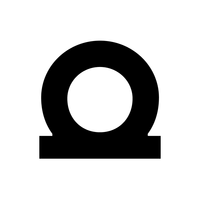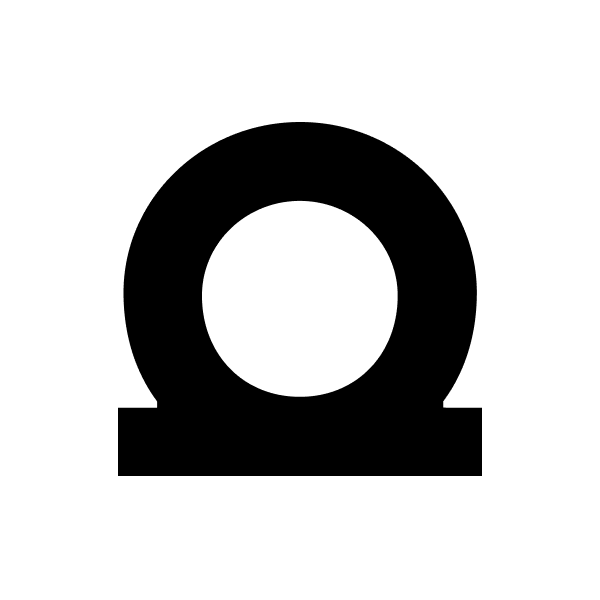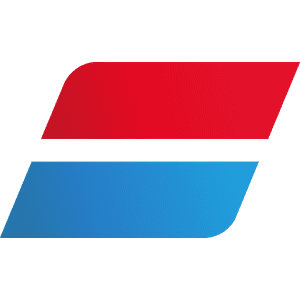
Mowi ASA
OSE:MOWI


| US |

|
Johnson & Johnson
NYSE:JNJ
|
Pharmaceuticals
|
| US |

|
Berkshire Hathaway Inc
NYSE:BRK.A
|
Financial Services
|
| US |

|
Bank of America Corp
NYSE:BAC
|
Banking
|
| US |

|
Mastercard Inc
NYSE:MA
|
Technology
|
| US |

|
UnitedHealth Group Inc
NYSE:UNH
|
Health Care
|
| US |

|
Exxon Mobil Corp
NYSE:XOM
|
Energy
|
| US |

|
Pfizer Inc
NYSE:PFE
|
Pharmaceuticals
|
| US |

|
Palantir Technologies Inc
NYSE:PLTR
|
Technology
|
| US |

|
Nike Inc
NYSE:NKE
|
Textiles, Apparel & Luxury Goods
|
| US |

|
Visa Inc
NYSE:V
|
Technology
|
| CN |

|
Alibaba Group Holding Ltd
NYSE:BABA
|
Retail
|
| US |

|
JPMorgan Chase & Co
NYSE:JPM
|
Banking
|
| US |

|
Coca-Cola Co
NYSE:KO
|
Beverages
|
| US |

|
Walmart Inc
NYSE:WMT
|
Retail
|
| US |

|
Verizon Communications Inc
NYSE:VZ
|
Telecommunication
|
| US |

|
Chevron Corp
NYSE:CVX
|
Energy
|
Utilize notes to systematically review your investment decisions. By reflecting on past outcomes, you can discern effective strategies and identify those that underperformed. This continuous feedback loop enables you to adapt and refine your approach, optimizing for future success.
Each note serves as a learning point, offering insights into your decision-making processes. Over time, you'll accumulate a personalized database of knowledge, enhancing your ability to make informed decisions quickly and effectively.
With a comprehensive record of your investment history at your fingertips, you can compare current opportunities against past experiences. This not only bolsters your confidence but also ensures that each decision is grounded in a well-documented rationale.
Do you really want to delete this note?
This action cannot be undone.

| 52 Week Range |
180
237.6
|
| Price Target |
|
We'll email you a reminder when the closing price reaches NOK.
Choose the stock you wish to monitor with a price alert.

|
Johnson & Johnson
NYSE:JNJ
|
US |

|
Berkshire Hathaway Inc
NYSE:BRK.A
|
US |

|
Bank of America Corp
NYSE:BAC
|
US |

|
Mastercard Inc
NYSE:MA
|
US |

|
UnitedHealth Group Inc
NYSE:UNH
|
US |

|
Exxon Mobil Corp
NYSE:XOM
|
US |

|
Pfizer Inc
NYSE:PFE
|
US |

|
Palantir Technologies Inc
NYSE:PLTR
|
US |

|
Nike Inc
NYSE:NKE
|
US |

|
Visa Inc
NYSE:V
|
US |

|
Alibaba Group Holding Ltd
NYSE:BABA
|
CN |

|
JPMorgan Chase & Co
NYSE:JPM
|
US |

|
Coca-Cola Co
NYSE:KO
|
US |

|
Walmart Inc
NYSE:WMT
|
US |

|
Verizon Communications Inc
NYSE:VZ
|
US |

|
Chevron Corp
NYSE:CVX
|
US |
This alert will be permanently deleted.
Mowi ASA
Mowi ASA, formerly known as Marine Harvest, holds its place as a titan in the global seafood industry, distinguishing itself primarily in the salmon farming sector. This Norwegian giant weaves together a complex tapestry of operations, anchored in the sustainable and efficient farming of Atlantic salmon. Positioned strategically from Norway to Chile and Canada to Ireland, Mowi commands an impressive feat of aquatic agriculture. Through advanced aquaculture techniques, such as controlled feeding and enhanced breeding for optimal growth, the company minimizes its environmental footprint while ensuring consistent quality. It also employs sophisticated data analytics to monitor and manage the health of its stock, underscoring its commitment to sustainability and innovation.
The company's economic engine roars to life through several revenue streams. At its core, Mowi generates income by breeding, growing, and harvesting salmon, which is then processed into various forms, including fresh, frozen, and smoked products, catering to diverse consumer preferences. Mowi also maneuvers through other markets by providing feed and genetic services, reflecting its vertically integrated business model. Retail partnerships and its own brand presence in supermarkets worldwide amplify its reach, further cementing its financial stability. With an eye on expanding its portfolio, Mowi commits to research and development to enhance production efficiencies and reduce costs, thereby strengthening its profitability. The result is a finely tuned operation that capitalizes on the soaring global demand for healthy, protein-rich seafood, allowing Mowi ASA to not only survive but thrive at the forefront of the aquaculture industry.

Mowi ASA, formerly known as Marine Harvest, holds its place as a titan in the global seafood industry, distinguishing itself primarily in the salmon farming sector. This Norwegian giant weaves together a complex tapestry of operations, anchored in the sustainable and efficient farming of Atlantic salmon. Positioned strategically from Norway to Chile and Canada to Ireland, Mowi commands an impressive feat of aquatic agriculture. Through advanced aquaculture techniques, such as controlled feeding and enhanced breeding for optimal growth, the company minimizes its environmental footprint while ensuring consistent quality. It also employs sophisticated data analytics to monitor and manage the health of its stock, underscoring its commitment to sustainability and innovation.
The company's economic engine roars to life through several revenue streams. At its core, Mowi generates income by breeding, growing, and harvesting salmon, which is then processed into various forms, including fresh, frozen, and smoked products, catering to diverse consumer preferences. Mowi also maneuvers through other markets by providing feed and genetic services, reflecting its vertically integrated business model. Retail partnerships and its own brand presence in supermarkets worldwide amplify its reach, further cementing its financial stability. With an eye on expanding its portfolio, Mowi commits to research and development to enhance production efficiencies and reduce costs, thereby strengthening its profitability. The result is a finely tuned operation that capitalizes on the soaring global demand for healthy, protein-rich seafood, allowing Mowi ASA to not only survive but thrive at the forefront of the aquaculture industry.
Revenue & Profit: Mowi reported EUR 1.39 billion in operating revenue and EUR 112 million in operational profit for Q3, with profit impacted by soft salmon prices below industry cost.
Record Harvest Volumes: The company achieved record high harvest volumes of 166,000 tonnes, slightly above previous guidance.
Cost Reduction: Weighted realized production cost was EUR 5.42 per kilo, stable quarter-over-quarter and down 5% year-on-year, translating to significant year-over-year savings.
Guidance Raised: 2025 harvest volume guidance was raised from 545,000 to 554,000 tonnes (+10.5% YoY), and 2026 guidance is now 605,000 tonnes (+9.2% YoY).
Nova Sea Acquisition: The acquisition of Nova Sea was completed and will be fully consolidated from Q4, contributing to higher volume guidance and expected synergies.
Dividend: The Board declared a quarterly dividend of NOK 1.50 per share after Q3.
Strong Consumer & Feed: Consumer Products and Feed divisions both delivered record-high earnings in the quarter.
Outlook: While prices remain soft, supply growth has normalized and demand remains strong, supporting an optimistic view for future pricing.




































